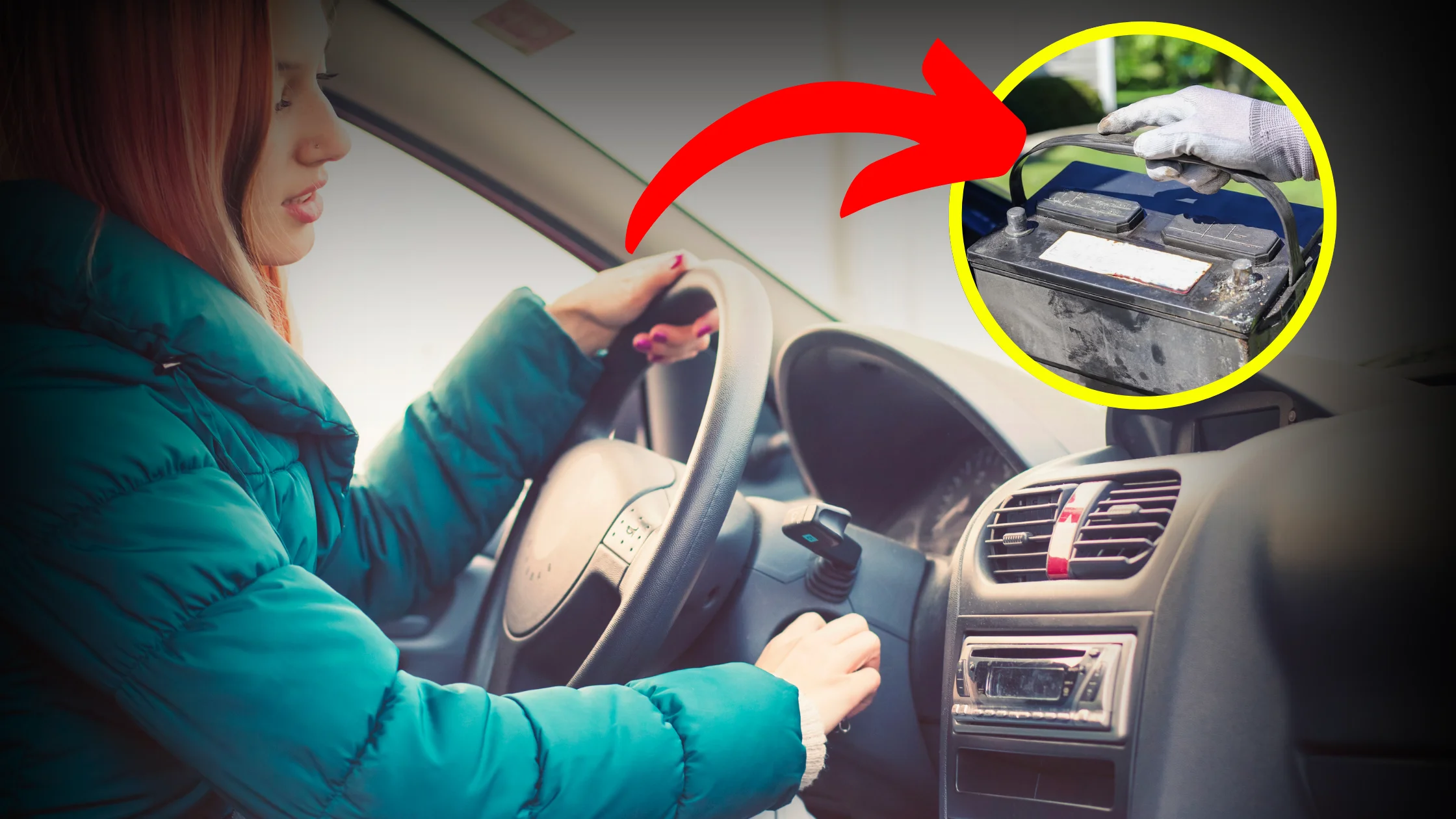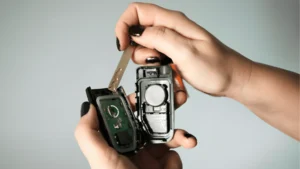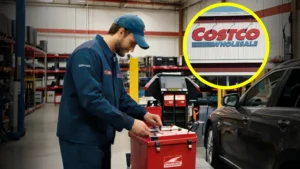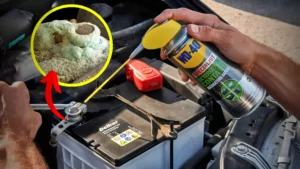If your automatic car suddenly refuses to start and you hear just silence or a clicking sound, it’s quite possible that the battery is dead. Instead of panicking at such a moment, it’s important to stay calm and act wisely. In this article, we will guide you on what you can do if your car battery is dead and explain how to jump start automatic car with dead battery in simple steps.
Why Does a Car Battery Die?
There are several common reasons why a car battery goes dead:
- The car hasn’t been driven for several days.
- The lights, music system, or AC were accidentally left on.
- The battery is too old.
- In cold weather, batteries tend to drain faster.
- The battery didn’t get enough time to recharge.
When the battery is dead, the engine won’t start. The horn won’t work, the lights won’t turn on, and the engine will show no signs of life.
Steps to Start Auto Car with Dead Battery
Automatic cars cannot be push-started like manual ones, so we have to rely on other methods. Below are the three most effective ways:
Method 1: Jump Start
This is the most common and effective method. If you’re wondering how to jump start automatic car with dead battery, here are the exact steps you need to follow
What you’ll need:
- Another vehicle with a working battery
- A pair of jumper cables
Steps:
- Park both vehicles close to each other, without letting them touch.
- Turn off both engines.
- Connect the red jumper cable to the positive (+) terminal of your dead battery.
- Connect the other end of the red cable to the positive (+) terminal of the good battery.
- Attach the black cable to the negative (–) terminal of the working battery.
- Connect the other end of the black cable to any unpainted metal surface of your car’s engine (not directly to the battery).
Now, start the working car and let it run for 2–3 minutes.
Then try to start your car.
If everything is done correctly, your auto car with dead battery will start successfully.
This is considered the best way to start auto car with dead battery if you have access to another vehicle.
Method 2: Use a Portable Battery Jump Starter
If you have a portable car battery jump starter, you can start your car without needing another vehicle.
How to use it:
- Always keep the booster charged and ready.
- Connect the red cable to the battery’s positive (+) terminal and the black cable to the negative (–) terminal.
- Turn on the device and then start your car.
- This method is very simple and convenient, and it’s one of the best ways to start auto car with dead battery in today’s time.
Method 3: Push Start (Never Do This in an Automatic Car)
Some people think an automatic car can be push-started like a manual one. However, never try this. It can severely damage your car’s transmission system.
Important Tips:
- Keep the battery terminals clean, as dirt or rust can weaken the connection.
- If your battery keeps dying frequently, it may be faulty and should be replaced.
- Always keep jumper cables or a battery booster in your car.
- When the battery is dead, turn off all electric accessories like AC, lights, and music system before trying to start.
Conclusion
Now you know exactly what to do if your automatic car battery is dead. We’ve explained the steps to start auto car with dead battery using the safest and most effective methods. Jump start and battery booster packs are the most reliable solutions today. Always stay calm, follow the correct process, and take care of your car’s battery so that you don’t get stranded in the middle of the road.





[…] Also Read: How to Start Auto Car With Dead Battery? […]